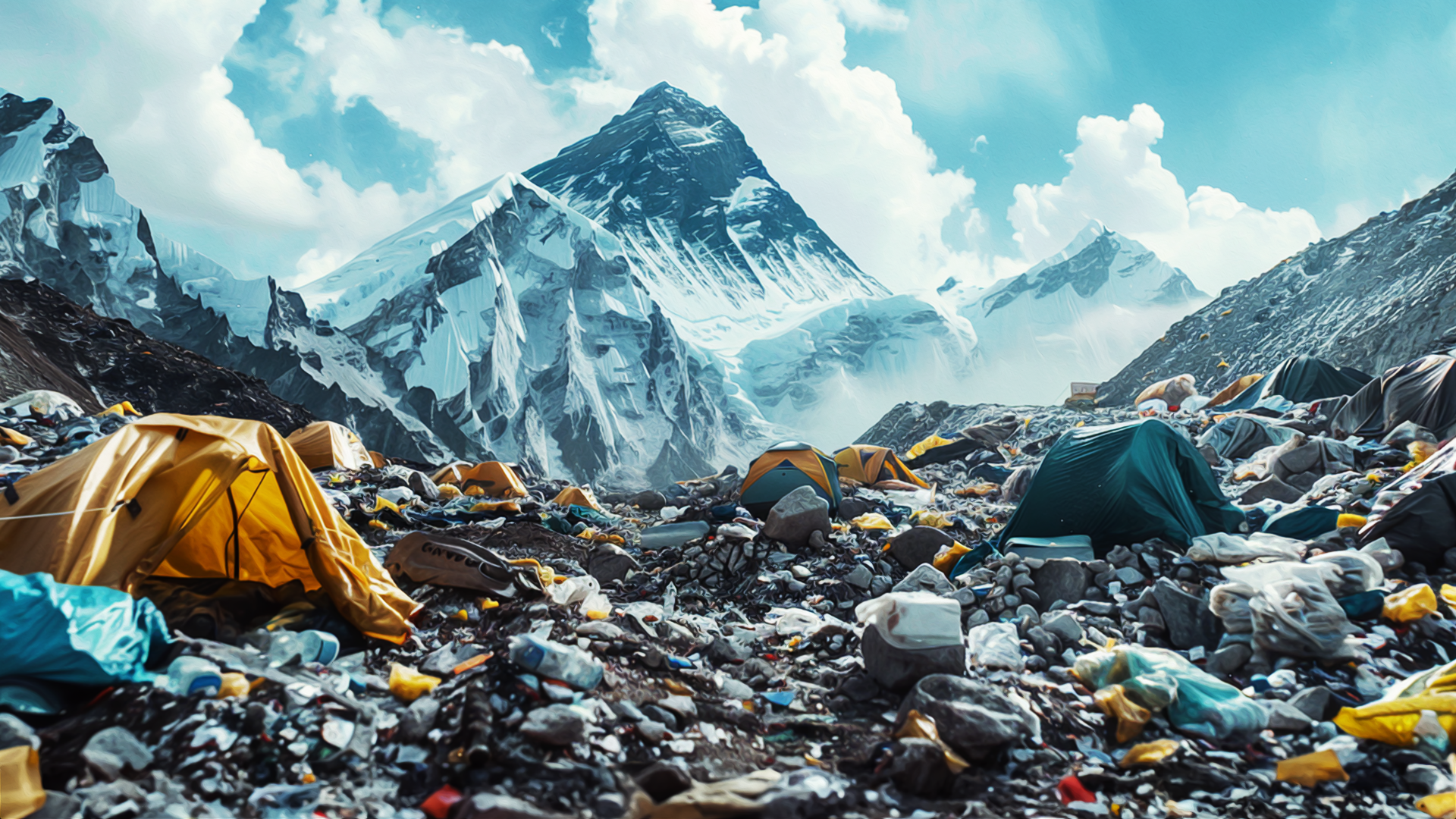Mount Everest, the world’s highest mountain, and is now the highest garbage dump on Earth. As the climbing craze continues, this environmental problem demands urgent attention and action.
Mount Everest, a natural wonder that has captured the world’s imagination, has become a victim of its own popularity.
With an estimated 140,000 tons of waste from climbers, the mountain has transformed into a towering garbage dump. Discarded tents, food containers, and even human feces litter the trails, contaminating the local watershed and threatening the health of nearby communities.
The problem has become so severe that the mountain has earned the dubious title of ‘the world’s highest garbage dump.’ The trash not only detracts from the natural beauty of the Himalayas but also poses a significant threat to the fragile ecosystem and the livelihoods of the local people.
The rise of Everest tourism and its consequences
The surge in Everest tourism over the past decades has exacerbated the waste problem. Hundreds of climbers attempt to summit the mountain each year, with each one generating an average of 18 pounds of trash.
The influx of visitors has overwhelmed the region’s infrastructure, leading to improper waste management and the accumulation of garbage on the mountain.
As more people flock to Everest, the problem has only worsened. Melting glaciers and snow are exposing decades’ worth of accumulated trash, further compounding the issue.
The sheer volume of waste is not only an eyesore but also a major environmental hazard, with the potential to contaminate the local water sources and disrupt the delicate balance of the Himalayan ecosystem.




















